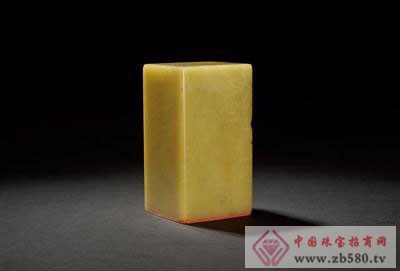ancient time According to legend, in ancient times, a female niece used to fill the remaining colorful stone, because the self-deprecating party did not come in handy, so I asked the emperor to go to the lower bound, and then the place where the colorful stone was the place is Qingtian County, this colorful stone It is therefore also known as Qingtian Stone. The history of Qingtian Stone can be traced back more than 1,700 years ago. In the Zhejiang Museum, there are four Qingtian stone carving pigs used in the tombs of the Six Dynasties. In the Nanqi tomb of No. 19 Xinchang, Zhejiang, the Qingtian stone carving pigs were also unearthed in the first year of Yongming. only. In the Ming Dynasty, many Qingtian frozen stone blocks were directly shipped to Nanjing and other places, and were used as engraved printing materials by literati. Six dynasty era As early as the Six Dynasties (222-589), it was already published. At that time, small stone pigs carved with Qingtian stone were used for tombs. The highly developed culture and art of the Tang Dynasty spurred the skills of Qingtian stone carving. By the time of the Five Dynasties, the Qingtian stone carving skills of the Wuyue period had reached a certain level, from the production of simple practical supplies to the carving of realistic, vivid and fine round sculptures of religious art. In the Southern Song Dynasty, the capital of Lin'an was built in Zhejiang. The handicraft industry and business in Zhejiang were very prosperous. The production of Qingtian stone carvings has developed rapidly. However, the stone carving products are still mainly practical, and the multi-system is the four treasures and seals of the Wenfang. Zhao Meng of the Yuan Dynasty began to print with Qingtian lighting stone. The Qingtian frozen stone in the Ming Dynasty soon became popular in the printing altar. At this time, the stone printing material has gradually replaced gold, jade, copper, teeth and so on. In the Yuan and Ming dynasties, Qingtian Stone was used to engrave pen ink pools and other stationery and stone objects, incense burners, Buddha statues and other practical supplies. It was not only for folk selection, but also entered the court for the upper class to enjoy; not only sold in China, but also exported overseas. From the early years of the Republic of China to the war of resistance, the Qingtian stone carvings appeared in a prosperous period. The number of employees has increased significantly, and the output has been large. Sales in Europe and the United States are also very good. After the founding of the People's Republic of China, the stone carving artists were attacked by the government, and the Qingtian stone carving skills developed more and more, and won numerous awards. Qing Dynasty In 1790, during the Emperor Qianlong's 80th birthday, the minister gave him a set of seals for the Qingtian stone carving "Bao Dian Fu Shu". In the 30th year of Guangxu Emperor Guangxu, at the Belgian Games, Qingtian Stone Carving won the silver medal. In the 31st year of Guangxu, he won the first prize at the Rome match in Italy. In 1915, at the "Panama Pacific Expo" held in San Francisco, USA, won two silver medals. The founding period Since the founding of the People's Republic of China, Qingtian stone carvings have been designated as national gifts by the Ministry of Foreign Affairs with unique and exquisite craftsmanship. In 1956, Indonesian President Sukarno visited China, and the President of the Soviet Supreme Soviet Presidium Voroshilov visited China. In 1972, US President Nixon visited China. In 1978, Chinese leaders visited North Korea, all of which were given by Qingtian stone carvings. Since then, the influence of Qingtian stone carving on the international market has increased day by day, becoming a symbol of civilization and a witness to friendship. In May 1982, Qingtian Stone Carving won the first place in the national stone carving product quality appraisal. In September of the same year, it won the National Silver Cup Award. In the previous National Arts and Crafts Hundred Flowers Awards, many works of Qingtian Stone Carving won the Excellent Creative Design Award, and at the same time, ten works were rated as art and craft treasures collected by the state. In 1992, the Ministry of Posts and Telecommunications issued China's first set of stone stamps - Qingtian stone carving special stamps. Weihai Yimao Garment Co,. Ltd. , https://www.cwhyimao.com